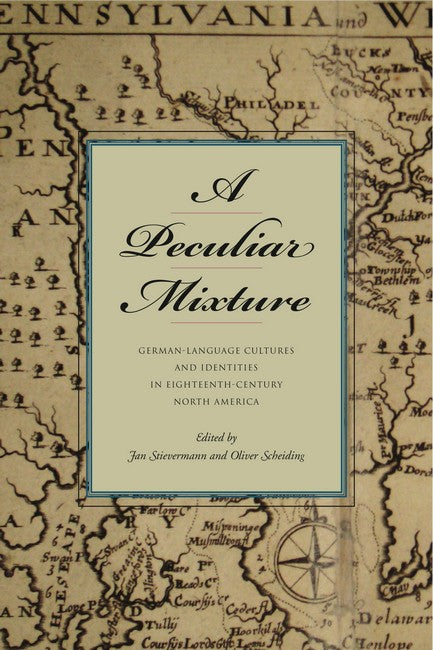Contents
Acknowledgments
Introduction
Jan Stievermann
Part 1 Migration and Settlement
1 Rethinking the Significance of the 1709 Mass Migration
Marianne S. Wokeck
2 Information Brokers and Mediators: The Role of Diplomats in the Migrations of German-Speaking People, 1709–1711
Rosalind J. Beiler
3 The Palatine Immigrants of 1710 and the Native Americans
Philip Otterness
Part 2 Material and Intellectual Cultures in the Making
4 Of Dwelling Houses, Painted Chests, and Stove Plates: What Material Culture Tells Us About the Palatines in Early New York
Cynthia G. Falk
5 (Re)Discovering the German-Language Literature of Colonial America
Patrick M. Erben
6 “Runs, Creeks, and Rivers Join”: The Correspondence Network of Gotthilf Henry Ernst Mühlenberg
Matthias Schönhofer
Part 3 Negotiations of Ethnic and Religious Identities
7 Divergent Paths: Processes of Identity Formation Among German Speakers, 1730–1760
Marie Basile McDaniel
8 Defining the Limits of American Liberty: Pennsylvania’s German Peace Churches During the Revolution
Jan Stievermann
9 Pennsylvania German Taufscheine and Revolutionary America: Cultural History and Interpreting Identity
Liam Riordan
Contributors
Index

